Squealing in panic, the trussed pig bounced in the basket on the back of the motor tricycle as it headed down the road to an uncertain future in Tagbilaran City on Bohol Island in the Philippines.
The pig seemed to sense it was heading in the general direction of the market and its final destination in this world, as if it knew the writing on the back of the tricycle above its head blazed “Turn your eyes upon Jesus” in prophetic Gothic lettering.
A city council crackdown on licensing had previously ensured the removal of big busted girlie pictures and other offensive material from the back of the motorbike tricycles, the local taxis that operate within the city limits, replaced by suitable religious quotations like “Lord Jesus, we enthrone you” and “God is my judge”.
The pig didn’t seem comforted by the knowledge it was travelling to its destiny with a messenger of the Lord.
Bohol, in the southern Visayas region, is about an hour and a half by Supercat ferry from Cebu and the region’s air gateway, Mactan Island International Airport, about 600km south of Manila.
Fishing outriggers, or banca, zig-zag the Cebu Strait at night, the muffled chug of diesel motors spiriting their lights slowly over the still, tropical evening waters.
The area is abundant with sea life and coral gardens, which lure deep sea divers from around the world. Cebu is the jump-off point for nearby resorts and hotels on white sand beaches on islands like Mactan, Panglao and Balicasag.
Balicasag Island and the Sumilon Island marine sanctuary, 45 minutes by boat from Panglao, are recognised as two of the best dive spots amongst the Philippine’s 7100 islands.
While diving and snorkeling are tempting tourist bait, there is much more to the Visayas than majestic underwater coral canyons and tropical fish.
Cebu City is the oldest in the Philippines. Originally called Ciudad del Santissimo Nombre de Jesus, it grew up around Fort San Pedro, the small stronghold established by the first Governor General, Miguel Lopez de Legaspi, in 1565 as a foothold of Spanish colonialism in the archipelago, which is scattered over 114,000 sq km, stretching south from China to Indonesia.
The coral block walls of the fort, 2.5m thick and 6m high, stained by centuries of tropical rain, today house Philippine National Museum displays. It has also served as an army garrison, rebel stronghold, prison camp and city zoo.
The early Catholic colonial missionaries did their work well. Cebu and many other islands in the Visayas are dotted with thick-walled churches, religious fortresses supporting Spanish settlements, built with the zeal of Augustinians, Dominicans, Franciscans, Recollects and Jesuits, sent to convert the masses by Philip II of Spain.
Few of Spain’s legacies were benevolent, but along with widespread acceptance of Catholicism (more than 80 per cent), the Hispanic influence, blended with Malay, Chinese, Arab and later American, has made for a passionate, musical, people and an exotic mix of food, dance and culture, expressed through annual, often religious, festivals.
Guitar making is a major industry on Mactan Island and Filipino musicians and serenaders are sought-after hotel, resort and cruise ship entertainers throughout South-East Asia.
English is widely spoken, the result of nearly 50 years as a protectorate of the United States, which officially ended in 1946 with the establishment of the Philippines Republic, two years after US forces liberated the archipelago from the Japanese in the closing stages of World War II.
Check out the other articles in this series:
The Philippines, Part 2 – Bohol and Beyond
The Philippines, Part 3 – In The Footsteps Of Jesuits
Photo Credits
CPG Avenue – Wikipedia Creative Commons
Cebu Strait – Wikipedia Creative Commons
Cebu City – Wikipedia Public Domain
Fort San Pedro – Wikipedia Creative Commons
Blood Compact – Wikipedia Creative Commons
Loboc Church – Wikipedia Creative Commons

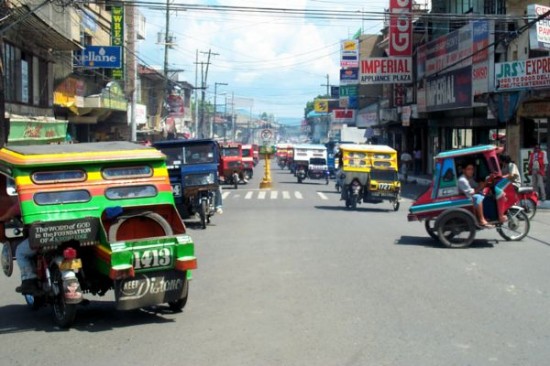
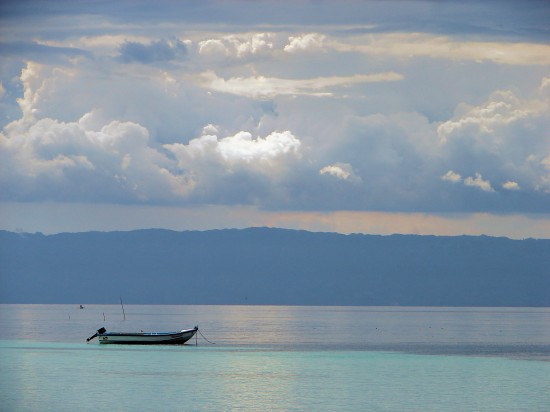
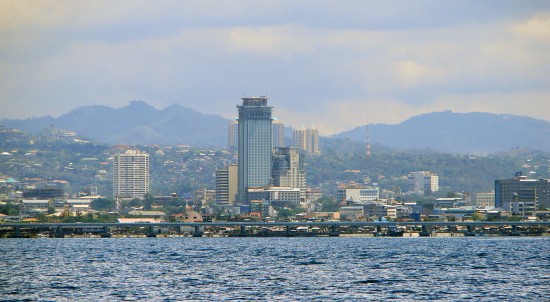
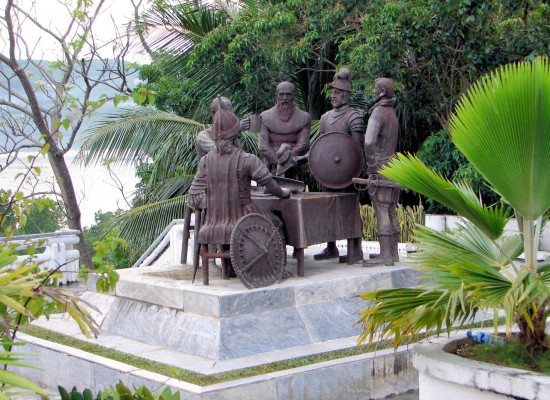
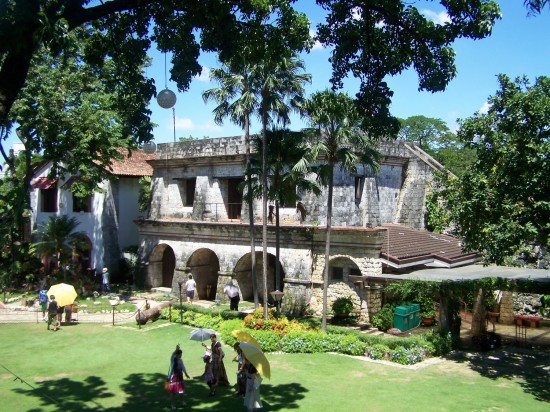
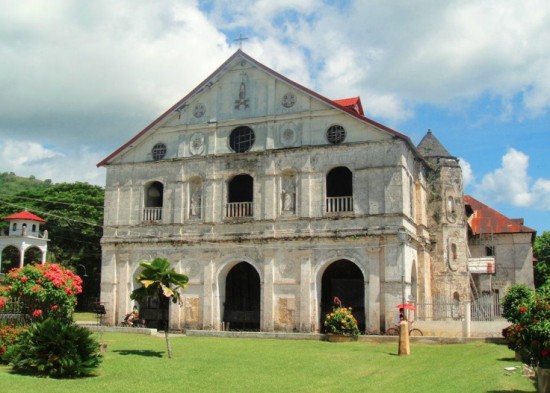

[…] The Philippines, Part 1 – A Tropical Mosiac […]